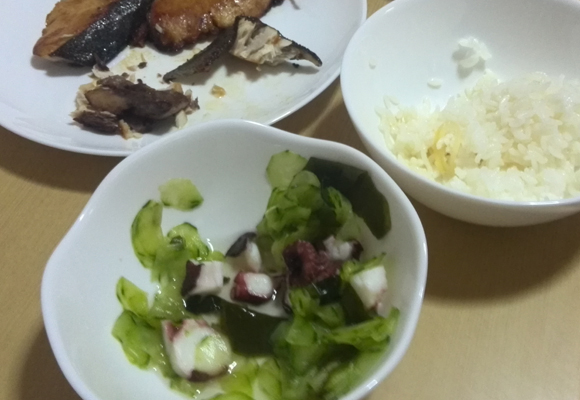
The other day I was eating at a restaurant that served their French fries with a small cup. One half was filled with ketchup and the other half mayonnaise. The presentation was quite lovely but it made me wonder. It was about the size of a pudding cup and there was no way I would be able to use all of those condiments in one sitting. What would happen to the rest of it? Would it be thrown out? Surely it wouldn’t end up being served to another customer after I’d dipped my fries and poked around in it for the majority of my meal?
My first thought was that if I didn’t bother to touch it at all, they could just stick it in the fridge to give to someone else. But would they even do that? How do they know I didn’t sneeze all over it before leaving it behind? No, if I didn’t touch it then chances are they would throw it out and it would be an even bigger waste. At a loss, I ended up having my necessary share and leave the rest to an unknown fate.
Later on, checking around the internet yielded little in the way of a solid answer. Most food and restaurant oriented websites had articles which didn’t give many specific examples but basically said that it’d be naive to assume many restaurants don’t do at least a little food recycling.
Forums were also mixed with users telling tales of people’s unused bits of beef getting added to chili and uneaten complimentary pieces of bread ending up on other tables. Others maintain that the cost-saving simply wouldn’t be worth the risk of customers becoming ill and suing or getting shut down by the health department.
There was such a case in Japan a few years back where the maker of Akafuku (mochi filled with sweet bean paste famous in Ise City) got shut down for a year after it came to light they were reusing their unsold bean paste filling.
While there’s certainly an uncomfortable feeling when it comes to reusing certain foods, it can’t all be bad… Can it? Surprisingly, according to Ameba News, South Korean law makes certain allowances for some foods to be reused.
– Uncooked foods that maintain their original form such as tomatoes, raw garlic, and lettuce
– Uncracked quail eggs and unpeeled ingredients like bananas and grapes which maintain their original skin and didn’t come in contact with other substances.
– Food in a container with a lid such as kimchi and Kkakdugi whose amount was decreased having been ingested by the customer
It’s a politically ballsy move for South Korea to have actually outlined certain foods deemed legal to reuse. A lot of people are undoubtedly turned off a the prospect of getting double-dipped kkakdugi. It’s hard to say how many (if any) restaurants actually act on those exemptions, though.
Still, maybe by enacting such measures around the world certain foods could be openly recognized as “reusable.” Then diners everywhere would know to be more careful around them, thus making them healthy to share and reducing the amount of food wasted in the world.
Yeah, I know… But it’s a nice thought, isn’t it?
Source: Ameba News (Japanese)
Image: RocketNews24